There are many great fantasy sagas, but for this fanboy there’s always be one that rules them all. I am of course talking about the Middle-Earth series of novels by J.R.R. Tolkien, which include The Lord of the Rings and The Hobbit (both of which have been adapted for films). So with the final part of The Hobbit trilogy, The Battle of the Five Armies hot on our heels, I thought what better way than to get into the spirit than by taking yet another journey through Middle-Earth.
An Unexpected Journey
The Lord of the Rings may have been the most successful entry in Tolkien’s Middle-Earth saga, but as many Tolkien fans know, it was seventeen years prior that the world was born, in the form of childrens novel The Hobbit. Taking us into the life of Bilbo Baggins, the book tells the tale of Thorin and his band of Dwarves, who aided by Bilbo and Gandalf set out to reclaim their home in the Misty Mountain. This however is no easy feat for the company, as bar the threat of Orcs, and other monsters whilst on the road, they have the dragon Smaug to content with once they arrive at their destination.
The Hobbit isn’t purely focused on dread, and despair, as throughout their journey the company come across many different creatures, both friend and foe. One of the more noticeable one has to be the Elves, with their distaste towards Dwarves being clearly on display. Nevertheless, the group keep high spirits, with their songs, and tales giving more focus towards their goal. The culminating moments of The Hobbit also excites, with the Battle of the Five Armies giving a rather humorous climax to the tale, with Bilbo’s absence leaving a void in the story. It’s this that has me personally interested for the last instalment of the films, as with the bulk of the battle missing due to the book being told from Bilbo’s perspective, we may finally see how epic it truly was.
One Ring to Rule them All
Ash nazg durbatulûk, ash nazg gimbatul, Ash nazg thrakatulûk agh burzum-ishi krimpatul.
One Ring to rule them all, One Ring to find them, One Ring to bring them all and in the darkness bind them.
There’s one major object that ties the narrative of the two stories together, and that’s the One Ring. Yes, there are a handful of characters that cross between both tales, and a few artifacts, but there is only one object that rules the fate of Middle-Earth. Following the creation of the Rings of Power (three for the Elf-Kings, seven for the Dwarf-Lords and nine for the race of men), the Dark Lord Sauron created the One Ring, a master ring that had the power to control the others. Though Sauron was eventually defeated, the ring lived on, being in the possession of Isildur, Gollum, Bilbo and Frodo, before being destroyed.
Though the history of the ring is alluring enough, it’s the way that it corrupts that truly captivates me. Having sent Isildur to his death, Gollum to madness, and Bilbo not far behind (with Frodo slowly following the same path), the ring has certainly left it’s mark, settling for none bar it’s true master. From a storytelling view-point this also adds great depth, with it changing the most innocent of characters into something truly vile. This alone makes the ring such a powerful addition to the world of Middle-Earth, but in context there’s one fact that increases this tenfold, and that’s the inanimate nature of the object.
Sauron
There are many elements that need to be taken into account when judging a villain, with everything from presence to sheer power coming into the equation. There is however something else that can make a villain awesome, and that’s lack of appearance. This is certainly the case with Sauron, as though he appeared in a more physical form in other Middle-Earth novels, he is very much in the shadows throughout The Hobbit and The Lord of the Rings, constantly growing in power following his assumed death. Ultimately this makes Sauron a much more enigmatic antagonist, as though we all know he’s evil, the fact that he doesn’t physically get involved makes him all the more menacing.
The way that he is viewed by the heroes, and other characters from Middle-Earth also helps build his reputation, with the more seasoned characters like Gandalf, Saruman and Elrond all giving different, yet ominous opinions on the Dark Lord. Though these characters give the most in depth look into Sauron’s reputation, the less informed characters also give a unique view-point into the villain, with the likes of Frodo and the other Hobbits’ innocent stance making Sauron all the more dislikeable.
The Battle for Middle-Earth
Though The Lord of the Rings explored many different plot developments between the three novels, and the appendix, there is one recurring element that defines the world in which these tales are set in. That is of course the Battle for Middle-Earth, as whether it’s Isildur cutting the One Ring from Sauron’s hand, or the struggle the Fellowship face throughout the main story, it’s one of the main focal points that drives the narrative. This concept also affects other areas of Middle-Earth’s history, with the likes of Children of Húrin also touching on similar problems.
Throughout the books and films, there are many different side plots that make up the culminating battle, but mainly it’s down to Frodo’s quest, and Aragorn’s march against Mordor. Both developments give a very different type of atmosphere, with Frodo’s quest focusing more on the mental, and emotional burden that destroying the One Ring brings with it, whilst the march against Mordor gives tension and action. From an alternative view-point, the connection between good and evil also shows similarities, with Sauron’s desire being as strong as the Fellowship’s, if not stronger. This all results in a narrative that is enticingly gripping, with the saga as a whole remaining one of the best fantasy tale on our book stands.
In a Nutshell
Unfortunately our trip through Middle-Earth comes to an end. But did you enjoy the trip? If you need any more convincing as to why you should give the tales of Middle-Earth a try, why not start with the films. With The Hobbit: The Battle of the Five Armies days away from being released in cinemas in the UK, it’s the perfect chance to dive into this magical world, and discover its wonders. So get out there and hunt down these great films and books, and let us know what you thought in the comments section below.
Also make sure to return to the site December 12th to see what we thought of The Hobbit: The Battle of the Five Armies.


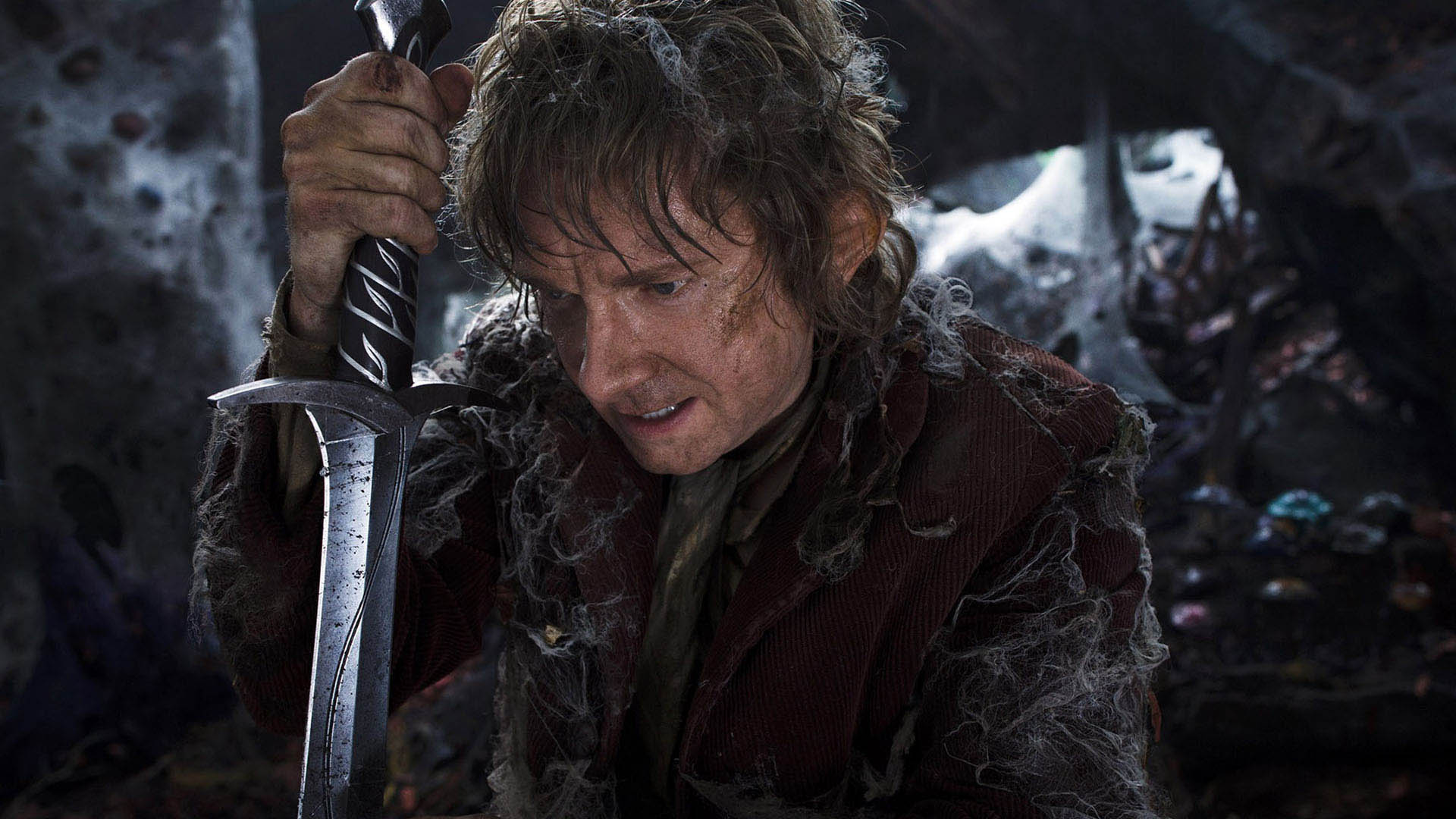
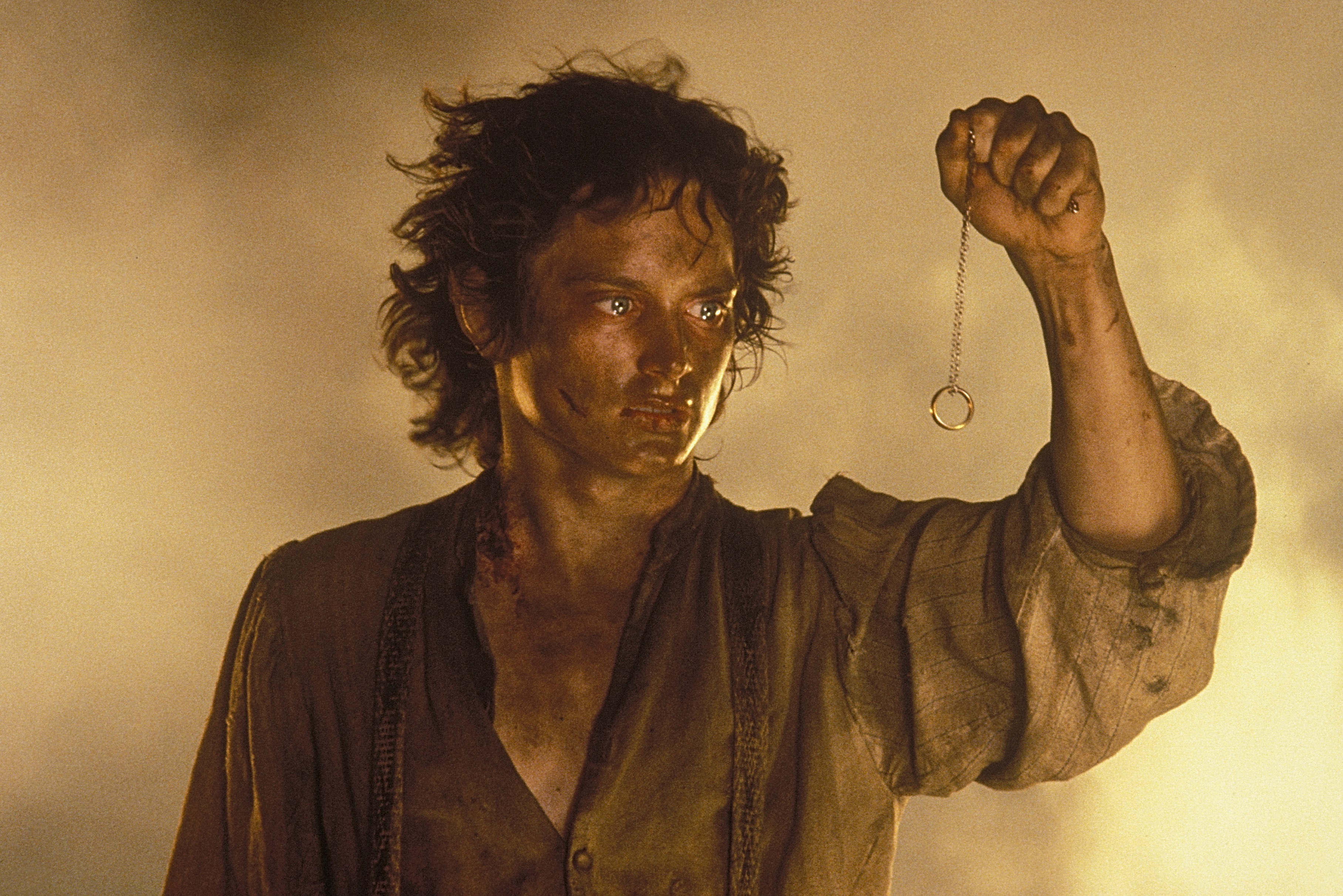
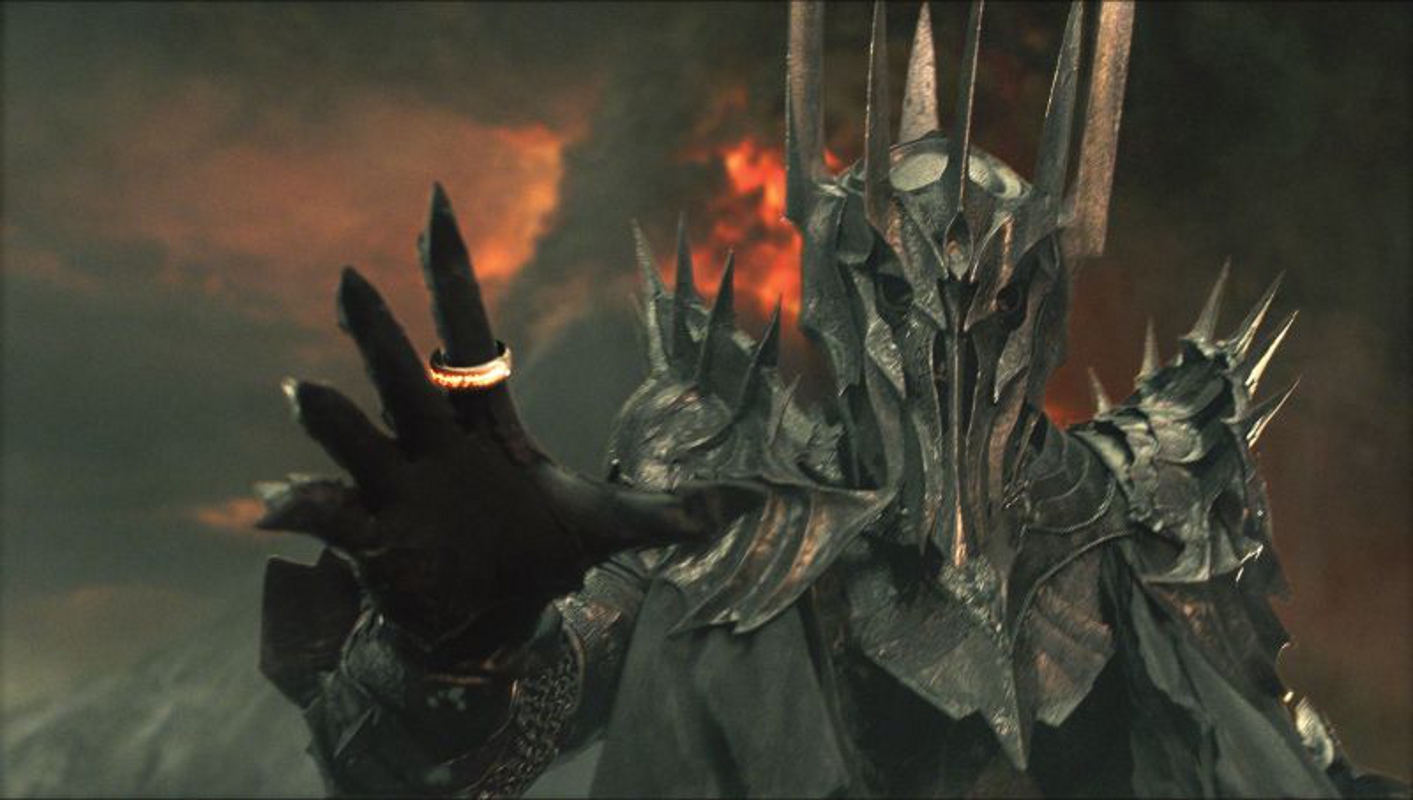
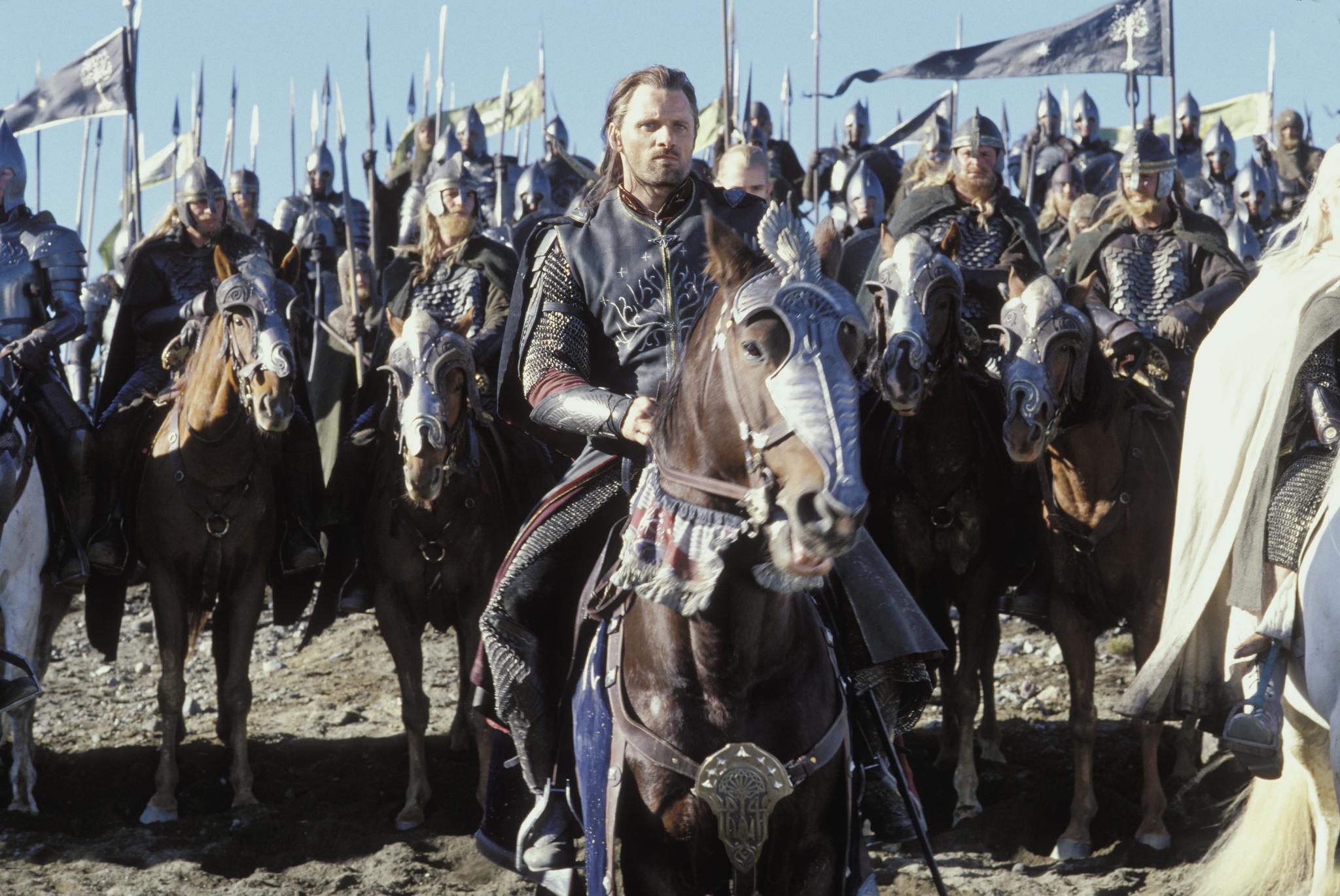
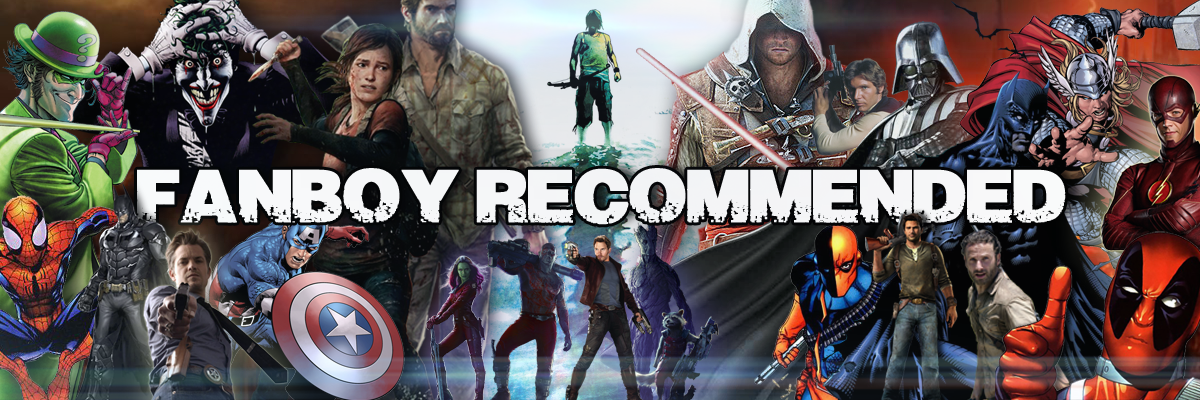
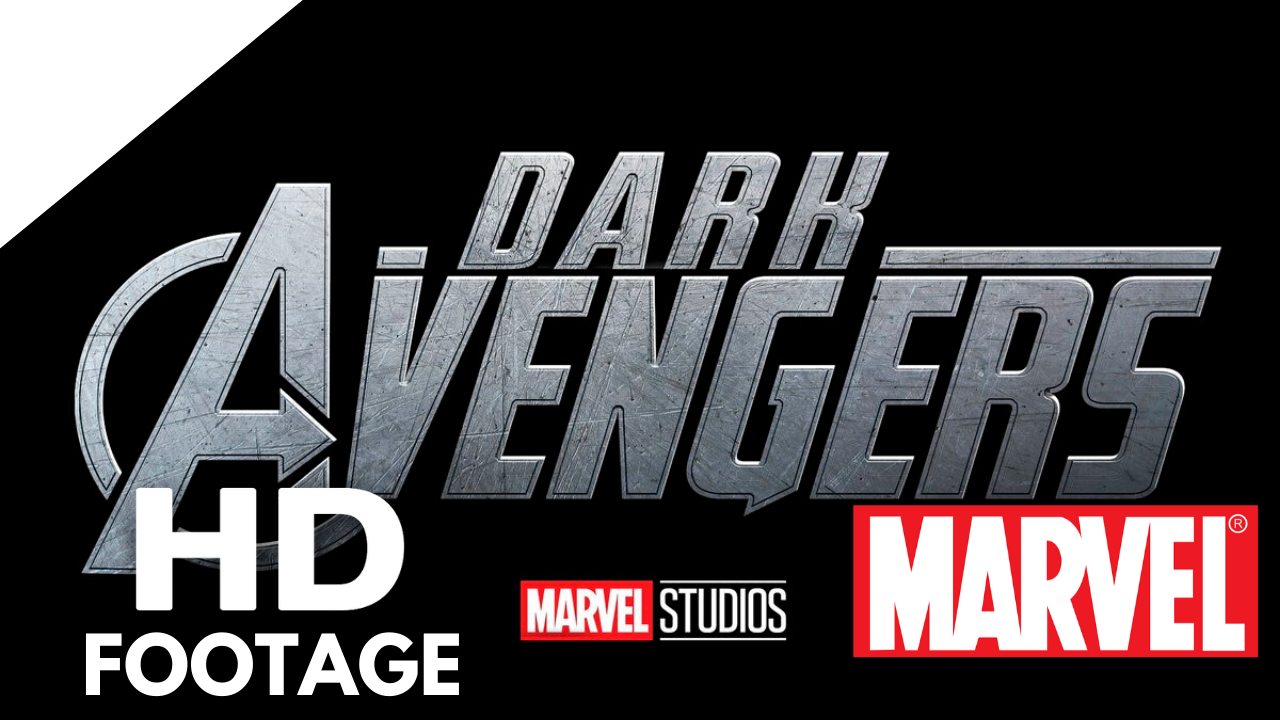
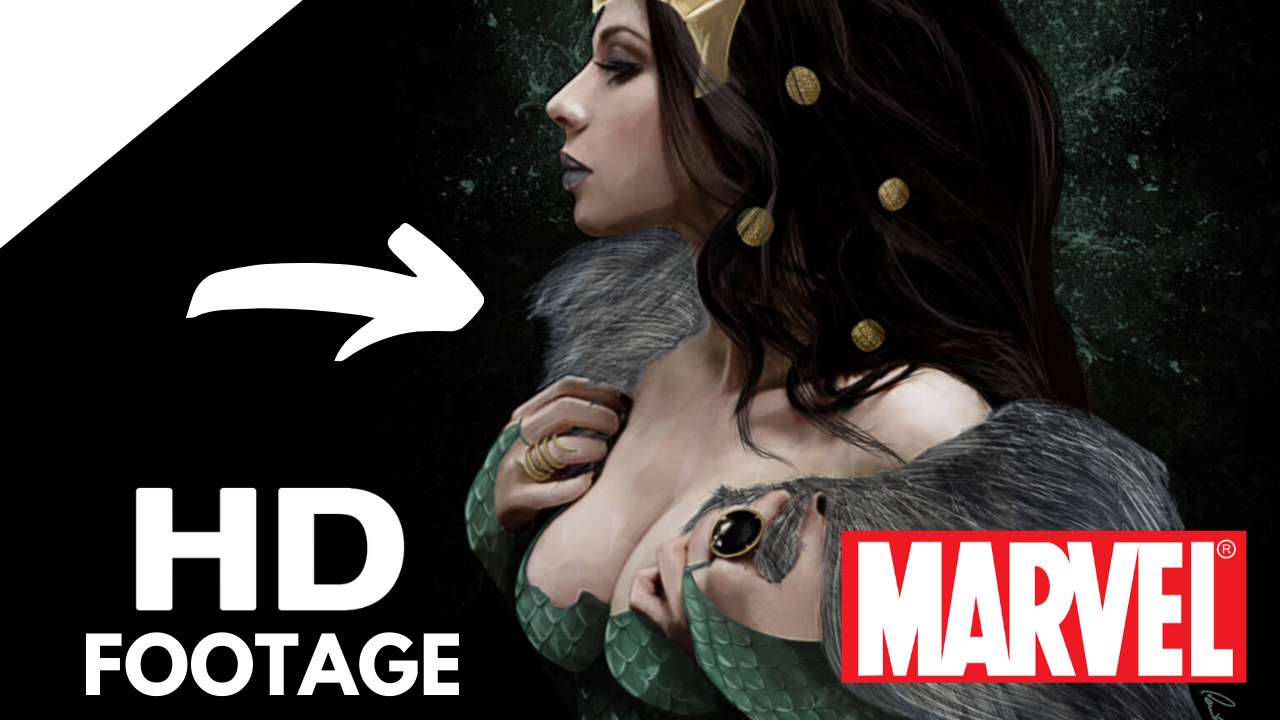



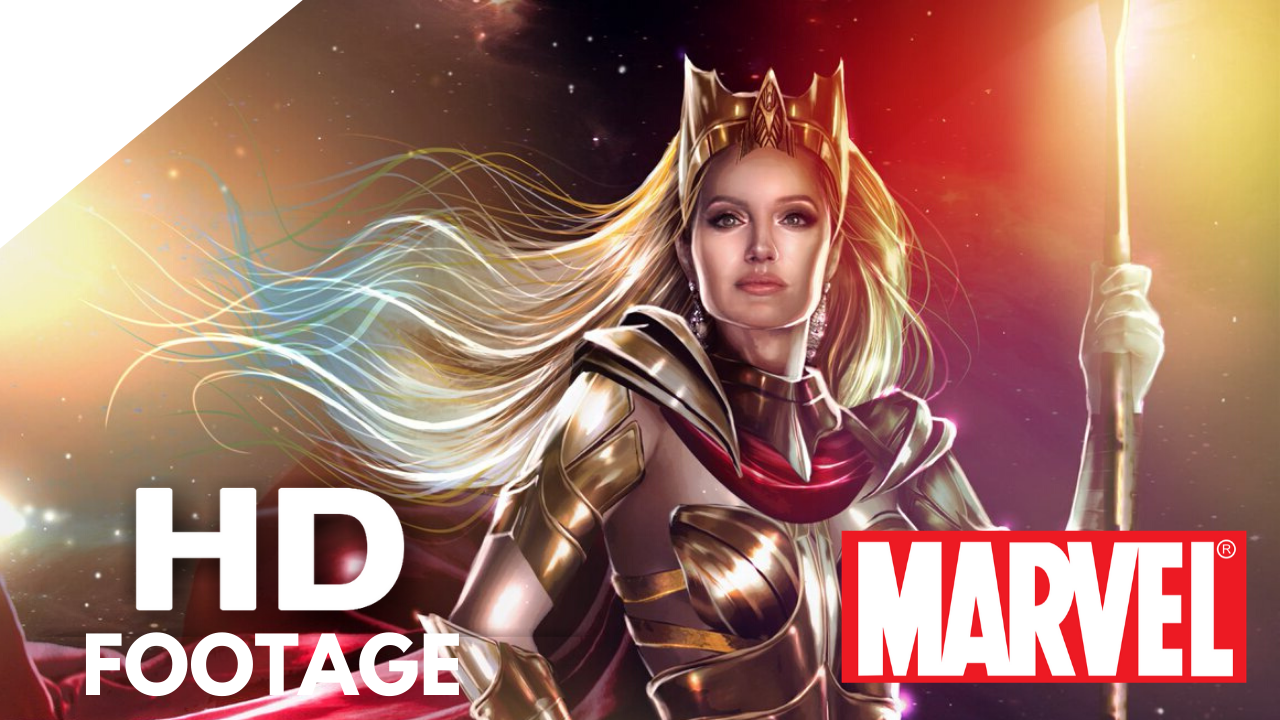
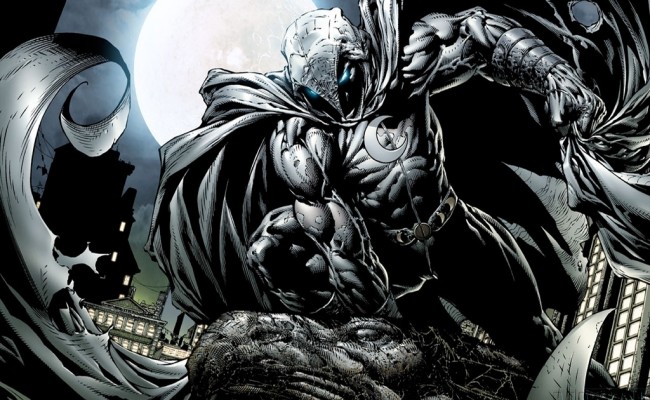
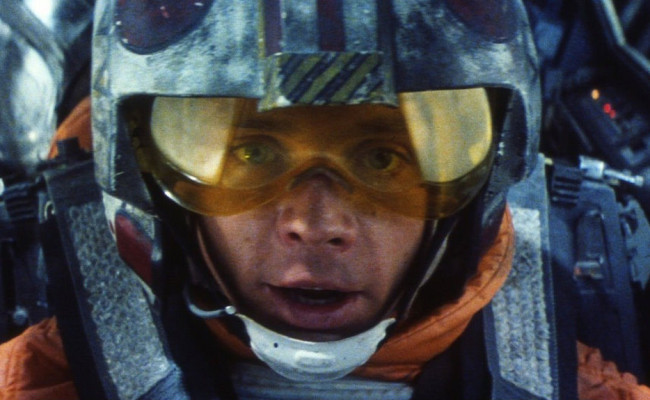
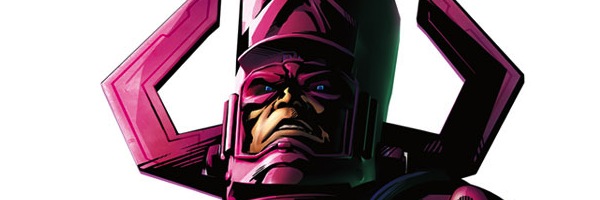

S#!T Talking Central